Mormon Station State Historic Park
Introduction
Text-to-speech Audio
Images
Entrance sign to Mormon Station
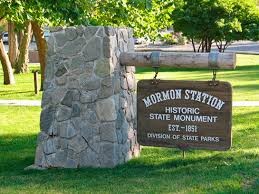
Portion of Mormon Station as it looks today
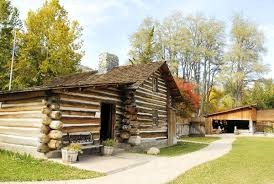
Statue to Snowshoe Thompson located in Mormon Station.
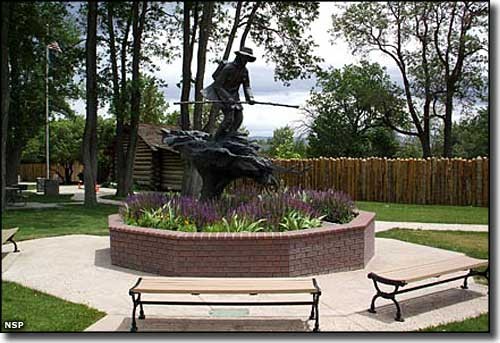
One of the oldest known photos of Mormon Station. 1850s Courtesy of The Church of Jesus Christ of Latter-day Saints
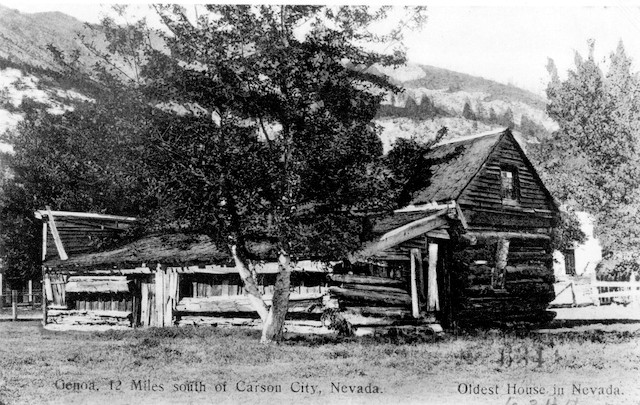
Snowshoe Thompson in late-1860s, early 1870s
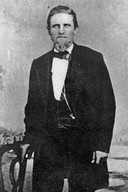
1951 postage stamp honoring the Mormon Station State Historic Park
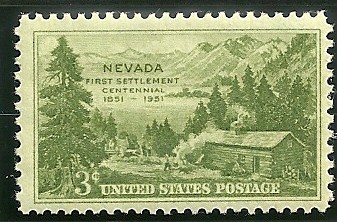
1859 of Mormon Station and Genoa
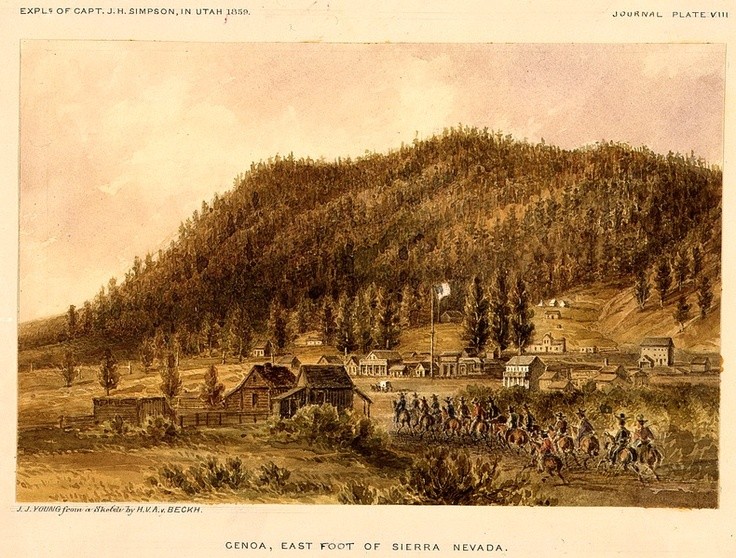
1850s photo of the first log cabin in Genoa/Mormon Station
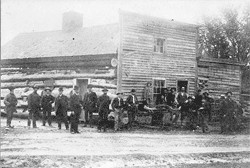
One of the earliest photo of the original Mormon Station, 1850s
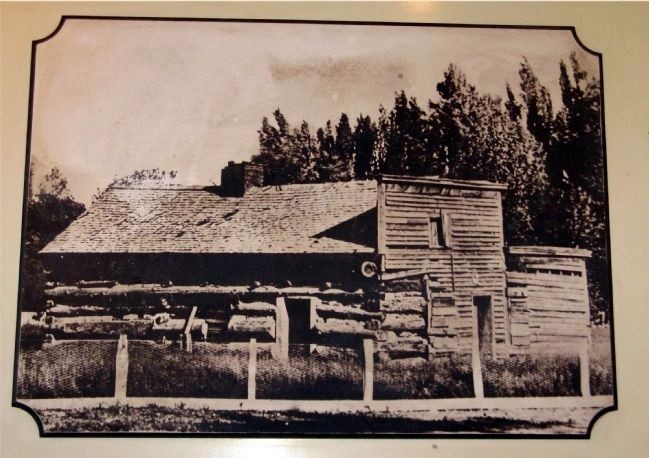
California Trail marker and information signs designating the location of the California Trail in conjunction with Mormon Statin
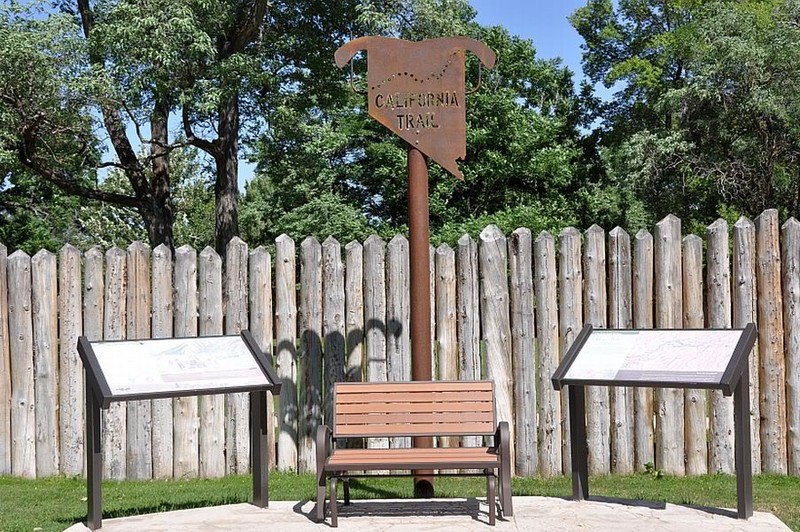
Backstory and Context
Text-to-speech Audio
"Long before the great pioneer migration to the West had begun, Washo Indians called the eastern Sierra area home. Washo people traditionally spent summers at Lake Tahoe fishing, hunting and gathering seeds, berries and roots.
In the fall, they gathered pine nuts, and grass seeds, preparing for winter in the Carson Valley. Although this cycle changed when pioneers began claiming land, Washo people still live in the area today and practice many of the traditional ways.
The discovery of gold at Sutter's Mill in 1848 started the frantic migration west to California. After facing many challenges along the journey, the final obstacle on the California trail was tackling the Sierra Nevada mountains. Weary and thirsty travelers often rested and purchased supplies in the fertile oasis of the Carson Valley.
In June of 1850, two members of the Mormon Battalion, Abner Blackburn and Hampton Beatie, established a temporary trading post on the west side of Carson Valley. Their stories of this beautiful area on the emigrant trail intrigued their Salt Lake employer, John Reese, and his nephew, Stephen Kinsey.
In the spring of 1851, Reese and Kinsey loaded more than a dozen wagons full of supplies and set out for the Carson Valley. The Reese Company built a permanent trading post, approximately one mile south of the temporary trading post established by Blackburn and Beatie. Reese's Station soon had a Blacksmith shop, livery stable, and flour and saw mills nearby.
In 1851 residents formed a squatter's government, and in 1854, the Utah Territorial Legislature organized Carson County, Utah. Governor Brigham Young appointed Mormon Apostle Orson Hyde to serve as probate judge and spiritual head of the community.
Orson Hyde changed the name of the community to Genoa (after Genoa, Italy) and made it the county seat. Mormon pioneers settled in the area until 1857 when Brigham Young called all Mormons back to defend Salt Lake from the advancing U.S. Army. Genoa was a regular stop for the Pony Express during its 18-month heyday from 1860-1861. In 1861 Congress created the Territory of Nevada. James Nye assumed his duties as Governor and designated Carson City as the capital of the new territory.
Three years later, on October 31, 1864, Nevada became the thirty-sixth state in the Union. Because statehood occurred during the Civil War, Nevada became known as the "Battle Born" state.
As the Comstock silver and gold discoveries continued, Genoa remained an important center of activity for freight and passenger traffic. The route of commerce permanently shifted when the Central Pacific Railroad was built. The county seat was moved from Genoa to Minden in 1916.
Today, Genoa offers visitors a quaint small town experience that includes a rich history, two museums, delicious food choices, lodging, gift and antique stores, a variety of recreation opportunities, wildlife viewing, and more."
Also located in the park is the statue to Snowshoe Thompson. This Norwegian immigrant delivered mail between Placerville, CA and Genoa, NV, pertinent in maintaining communication the two towns as well as keeping this part of the California Trail open. Thompson is also the father of California skiing.
Cite This Entry
Emett , Mike. "Mormon Station State Historic Park ." Clio: Your Guide to History. October 29, 2015. Accessed April 8, 2025. https://theclio.com/entry/19433

